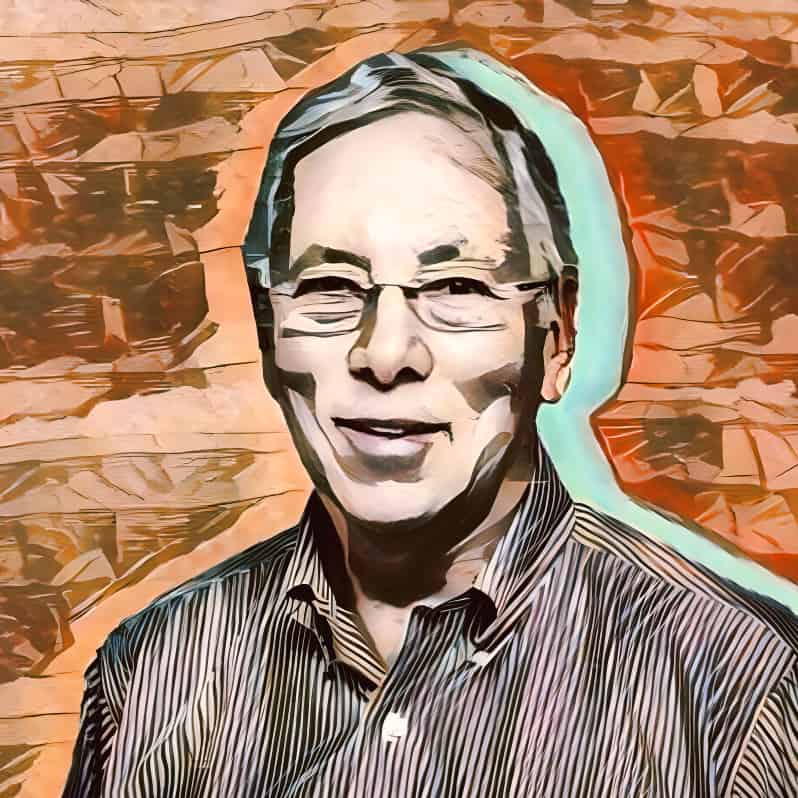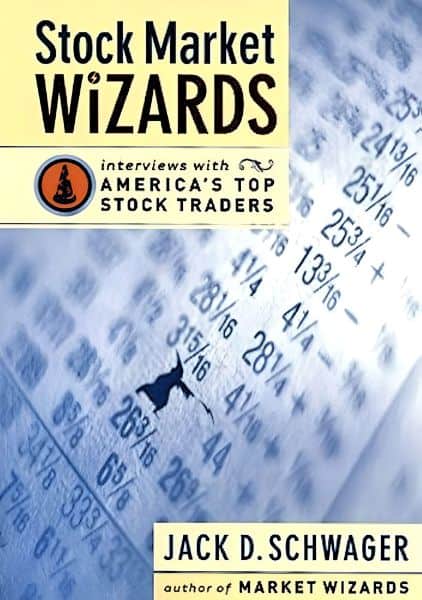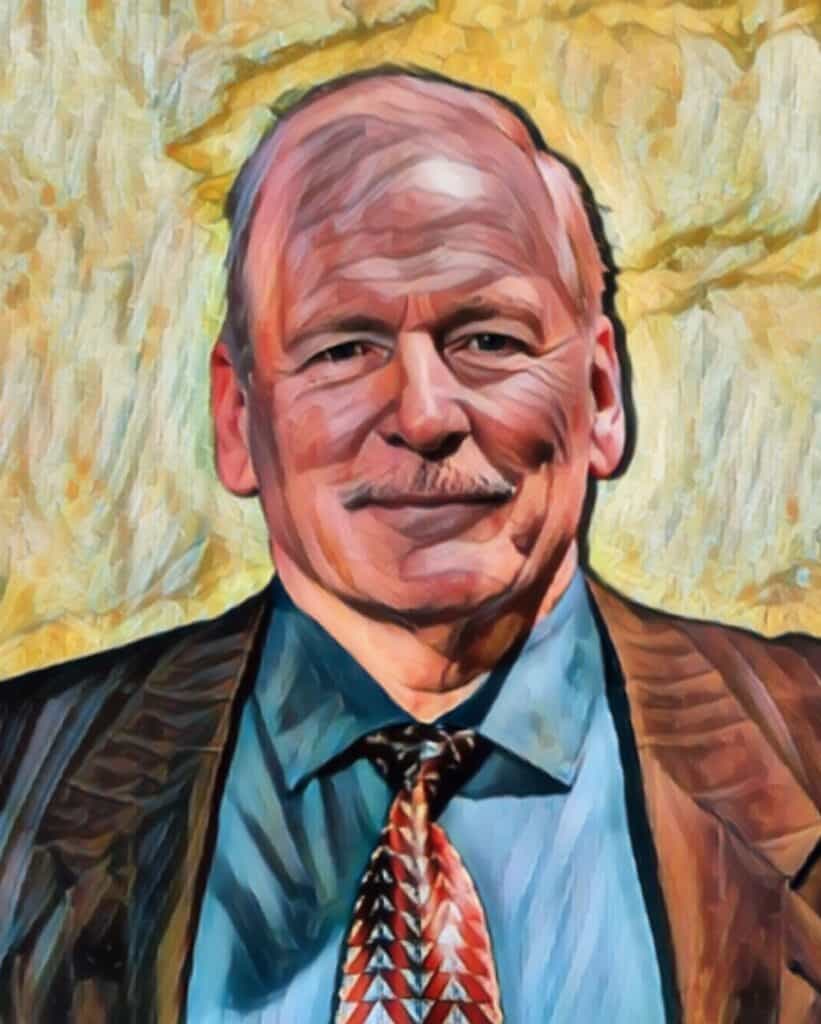Blair Hull is one of the most successful options traders of all time, averaging around 100% per year in profits at the height of his career.
Hull was initially brought into the world of probabilities and betting by the book Beat The Dealer by Ed Thorp, a legend in both trading and blackjack. Starting as a blackjack player, Hull recognized the similarities between gambling and trading, emphasizing the importance of strategy and discipline over luck. He eventually transitioned to the option markets and founded Hull Trading Company in 1985, where he employed probability theory to consistently profit from market mispricings.
The following is a breakdown of the principles Hull used in his trading strategy:
Blair Hull On Developing A Trading Edge
Hull explained his approach to market edges in Jack Schwager’s The New Market Wizards:
In the basic rules of blackjack, the house has a small edge. However, if a lot of small cards have been dealt—that is, the deck is rich in tens and aces— then the odds can shift in favor of the bettor by, say, 1 to 2 percent. […] I knew that if I kept on playing with the edge in my favor, eventually I would come out ahead. Following Thorp’s advice, I started with a base of $120 and placed bets between $1 and $4. After two years, I was ahead about $10,000.[…] Whether you’re playing blackjack or trading, your profitability depends on your edge and how many times you get to apply that edge. The team approach provides two advantages. First, assume that over a weekend of playing, the odds of my coming out ahead are two out of three. By combining banks with another person, the total number of trading days would be doubled and, as a result, the probability of winning would rise to three out of four. The more players you combine, [the stronger your edge and] the better your chances of a successful outcome.
A trading edge is a distinct advantage that gives you a higher probability of making successful trades. An edge could be an informational advantage, a specialized technology, or even just being psychologically tougher than the next guy.
An effective method to discover your edge is critically analyzing the market’s inefficiencies and identifying ways to exploit them. Think of the market as a diverse collection of players, ranging from weak to strong. Your objective is to strategically capitalize on the vulnerabilities of the weaker players and consistently profit from their trades.
Once you have your edge, your success depends on the frequency in which you can apply that edge to the market. The more you can apply it, the more profits you can make.
Blair Hull On Managing Risk In The Stock Market
Hull’s success in trading also came from his ability to manage risk during drawdowns. This was a skill he developed playing blackjack:
The experience of going through extensive losing periods and having the faith to stick with the system because I knew that I had the edge was something that helped me a great deal when I went into the pit. Also, the risk control experience was very beneficial. In blackjack, even if you have the edge, there are going to be periods of significant losses. When that happens, you have to cut back your bet size in order to avoid the possibility of ruin. If you lose half your stake, you have to cut your bet size in half. That’s a difficult thing to do when you’re down significantly, but it’s essential to surviving.
When executing a mechanical system or strategy, you never want to stop trading, even when you’re going through a losing period. Doing so risks being out of the market when it finally turns around. If that happens you’ll miss a majority of the profits that would have covered those losses plus more.
Reducing your position sizes during a drawdown can be a big help. Not only does it protect your account balance, but it also preserves your mental capital. Seeing smaller and smaller losses is much easier on your psychology.
Blair Hull On Emotional Management In Trading
Hull’s approach to emotions emphasizes managing your ego:
The people who want to be recognized as the greatest traders are probably not the greatest traders. Egos get in the way of the process.
To be successful in the market, you must be objective and acknowledge your mistakes. But doing so is painful. And this pain stems from your ego.
But if you don’t acknowledge your mistakes, as Ray Dalio says, you’ll never be able to improve:
People who worry about looking good typically hide what they don’t know and hide their weaknesses, so they never learn how to properly deal with them and these weaknesses remain impediments in the future.
Blair Hull’s Options Trading Strategy
Hull’s options strategy involves identifying options that deviate from their theoretical value:
Each day, I ran a computer program that generated theoretical value sheets, which told me what each option was worth at a certain stock price. Essentially, I walked around the pits with these sheets, and any time an option was out of line with my theoretical model, I bought or sold it. […] The real key is relative value. It doesn’t matter what model you use, as long as you apply it consistently across all option prices. What I was really concerned about was the price of options relative to each other. I would adjust the model-implied prices so that the at-the-money implied price was in line with the market price. For example, if the model said the at-the-money option was worth 3 but the option was actually trading at 3 1/2, then I would raise the volatility assumption in the model so the at-the-money option would also be priced at 3 1/2. Once you make that adjustment, all the other option values should be in line with the market. Then I would merely buy those options that were trading cheaper and sell those that were more expensive.
Market pricing models are far from perfect. Hull’s strategy took advantage of that. At Macro Ops, we do something similar with deep out-of-the-money call options.
The idea is that the options pricing model follows a normal distribution. But in reality, that price distribution has a fatter tail, meaning there are more frequent large moves. This mismatch between the model and the reality of the market gives us an edge to exploit.
If you want more lessons from legendary investors like Blair Hull, check out our free guide on the strategies of the most successful traders here.








